28 Jul 2018
More than a thousand engineers from various public agencies, including over 200 from DSTA, gathered at the second Public Service Engineering Conference to share ideas and explore the possibilities of future innovations.
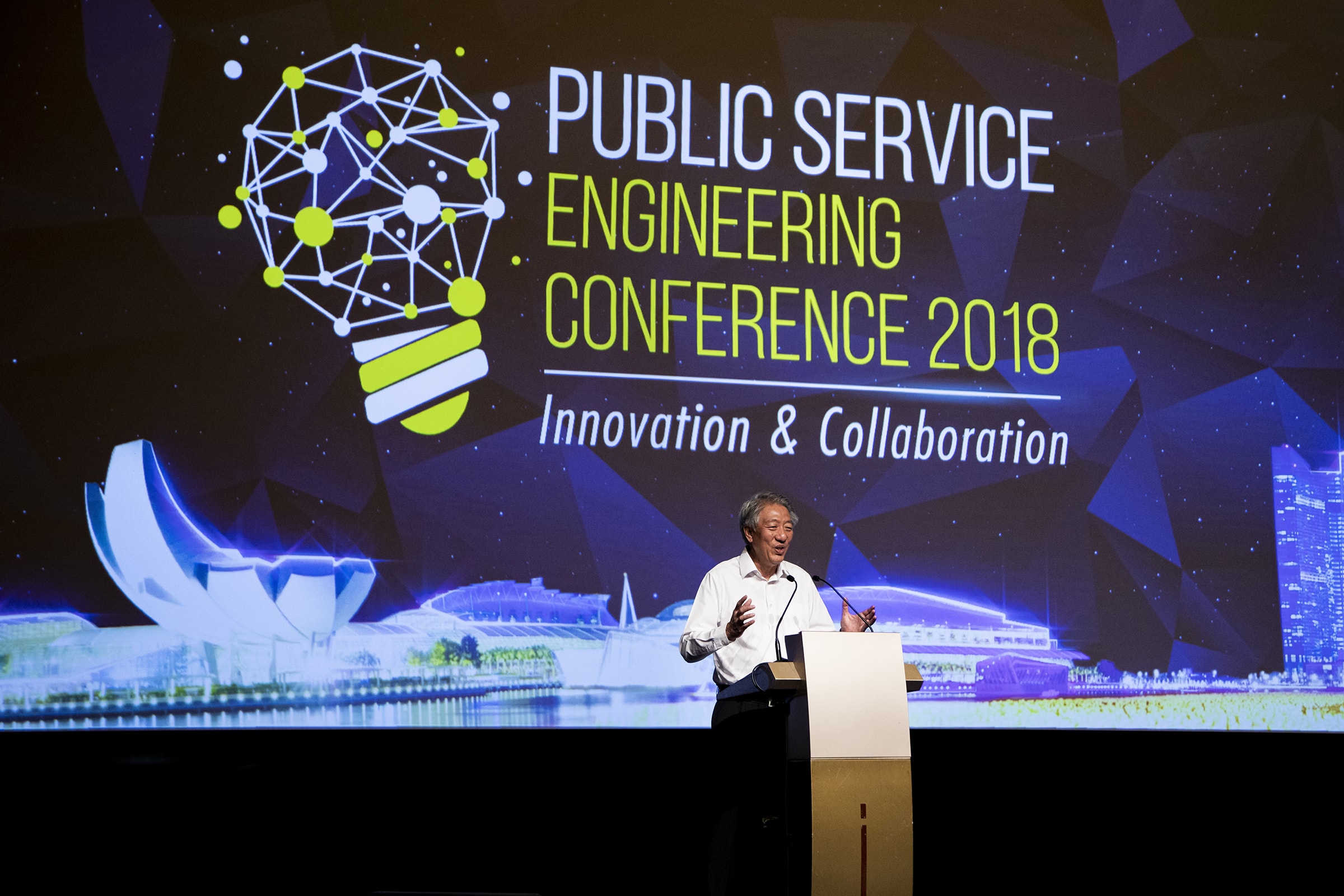
Speaking at the event, Deputy Prime Minister and Coordinating Minister for National Security Teo Chee Hean highlighted how the Public Service can partner industry and citizens to solve problems and contribute to Singapore’s future. This can be done first by driving innovations at the individual level, leveraging multi-agency and multi-disciplinary teams to work across agencies, and looking at whole-of-nation solutions.
He added: “Let us be bold in our thinking. We can make breakthroughs only if we are prepared to try. Be prepared to explore new solutions and ideas, and create new engineering solutions to make our lives better.”
In line with the push to drive innovation, the Engineering Innovation Challenge – where 16 teams were selected out of 80 to prototype their ideas – was held as part of the conference.
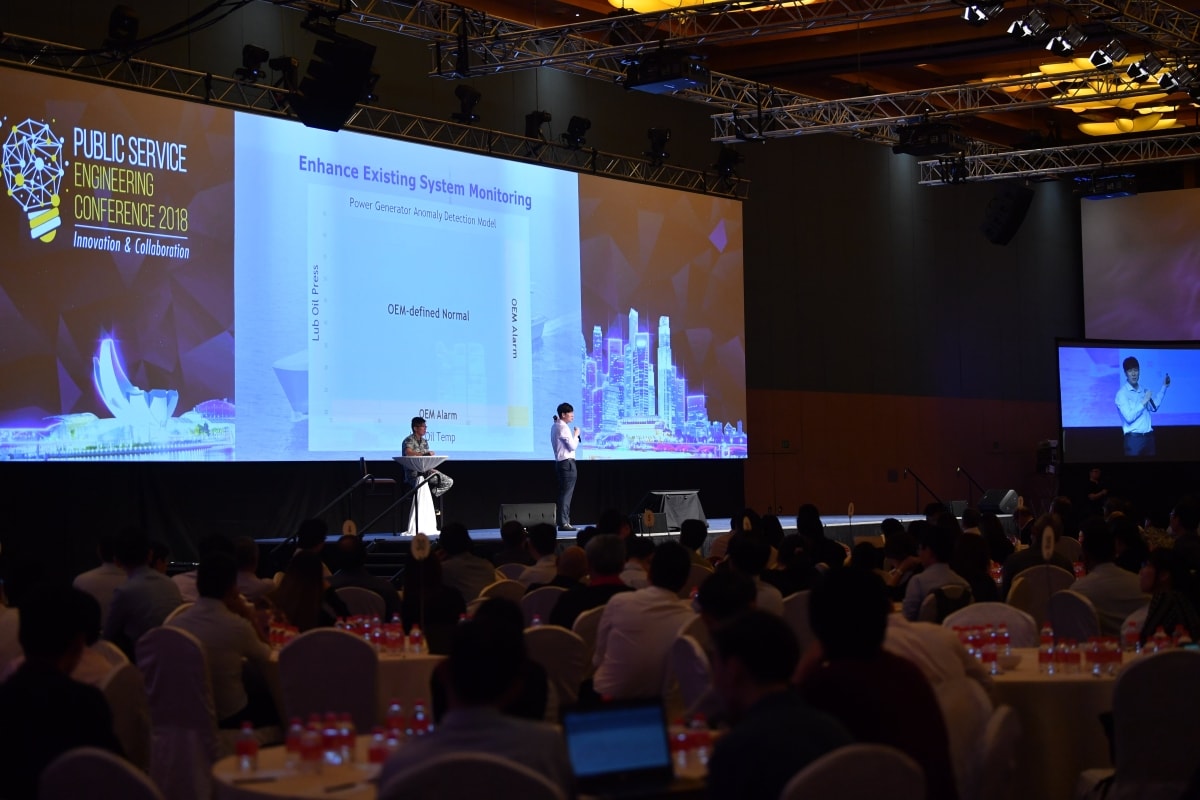
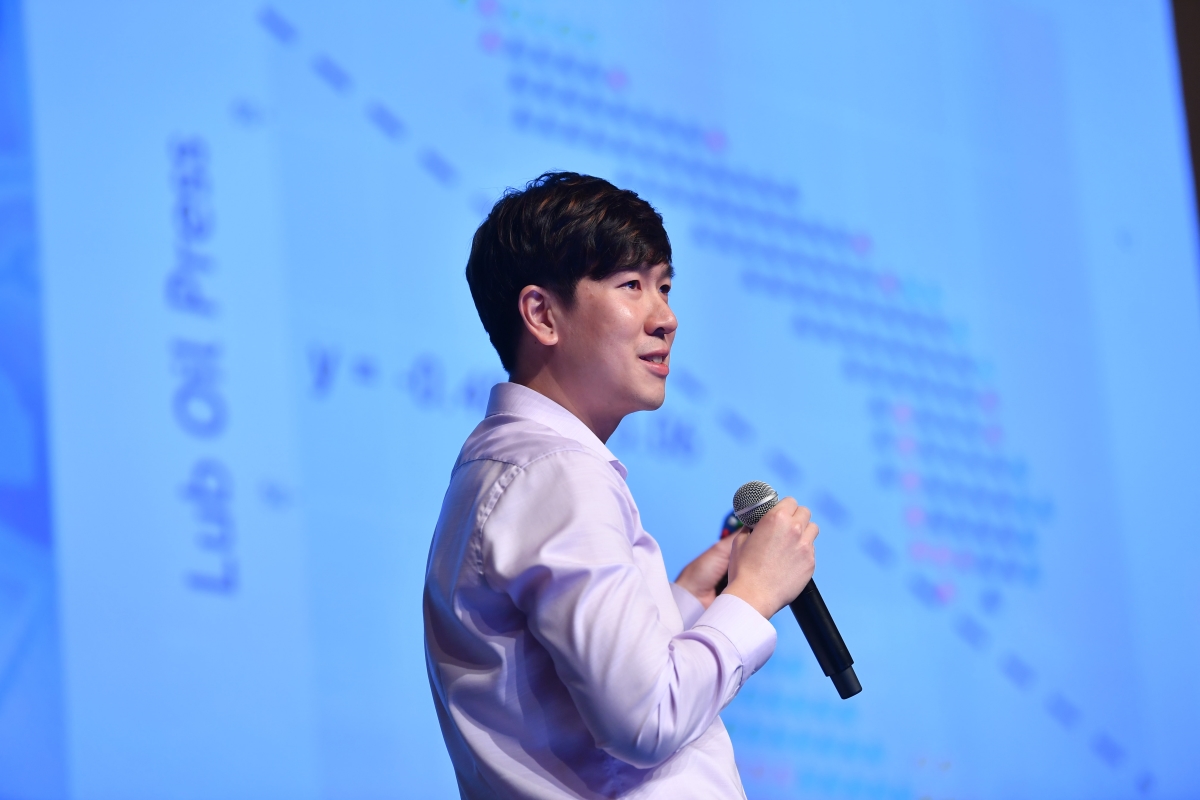
In particular, a joint team from DSTA and the RSN was invited to share how the team leveraged data analytics to predict machinery defects. The team explained that the RSN operates a lot of complex machineries and technology, and keeping them running smoothly especially when out at sea is always a challenge. This usually meant that technicians have to fix what they can with the available tools and making multiple trips up and down to the engine rooms for diagnosis and recovery, all under the pressure of time.
Therefore, the team leverage data analytics and adopt a scalable data-driven approach to predict and fix system failures on ships before they occur. By using data and machine learning, the team managed to build a model capable of catching abnormal behaviour, hence allowing the technicians to nip problems in the bud.
Touching on the team’s data exploration and modelling approach, Principal Engineer (Enterprise IT) Ho Chi Ming explained: “We essentially used data to transform how we look at system behaviour.”
Several other teams from DSTA also took the opportunity to introduce their innovative projects with the other conference participants. The projects cut across various domains, including caring for the elderly, public transport, digitalisation, and battling climate change.
In the area of digitalisation, a team from Naval Systems Programme Centre (PC) proposed a smart maritime collision avoidance advisory system. The system would help ship captains improve situational awareness, alert them to potential collisions and recommend collision avoidance solutions. Another team from Enterprise IT PC sought to help improve waste disposal in Singapore through a one-stop waste disposal application for households looking to dispose non-general recyclable waste.
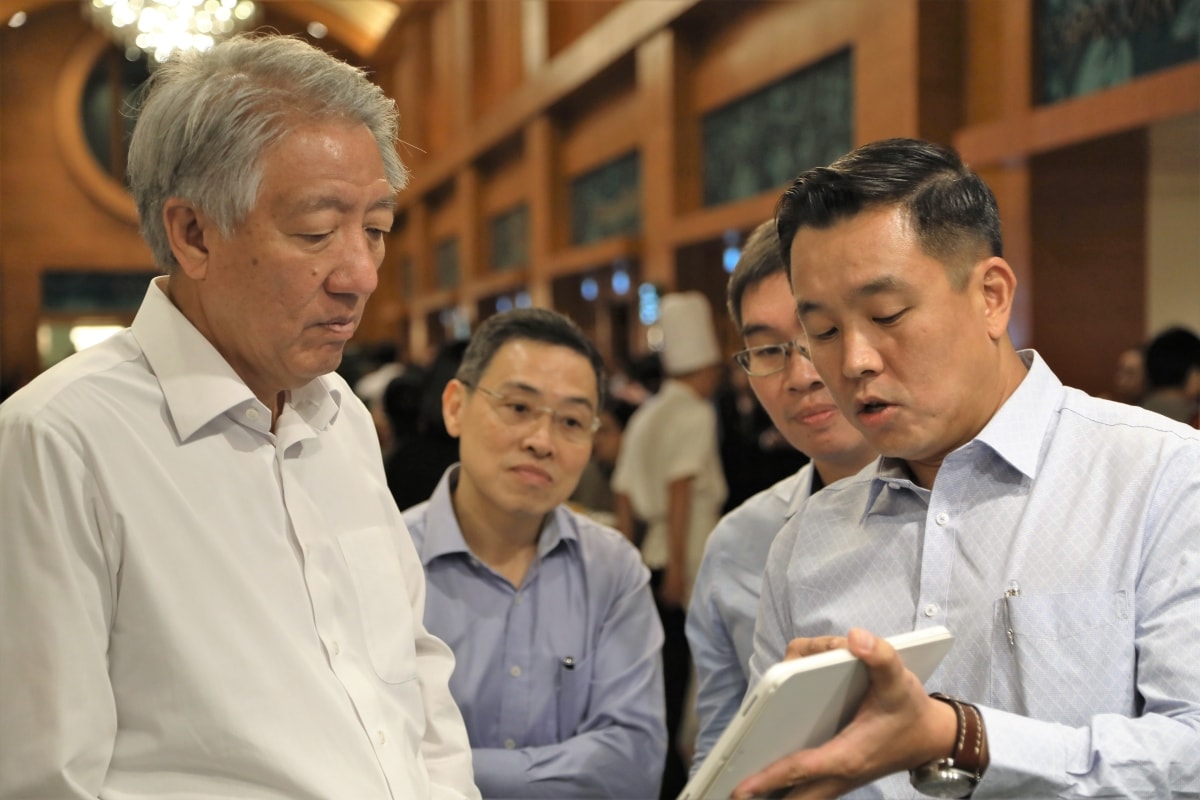
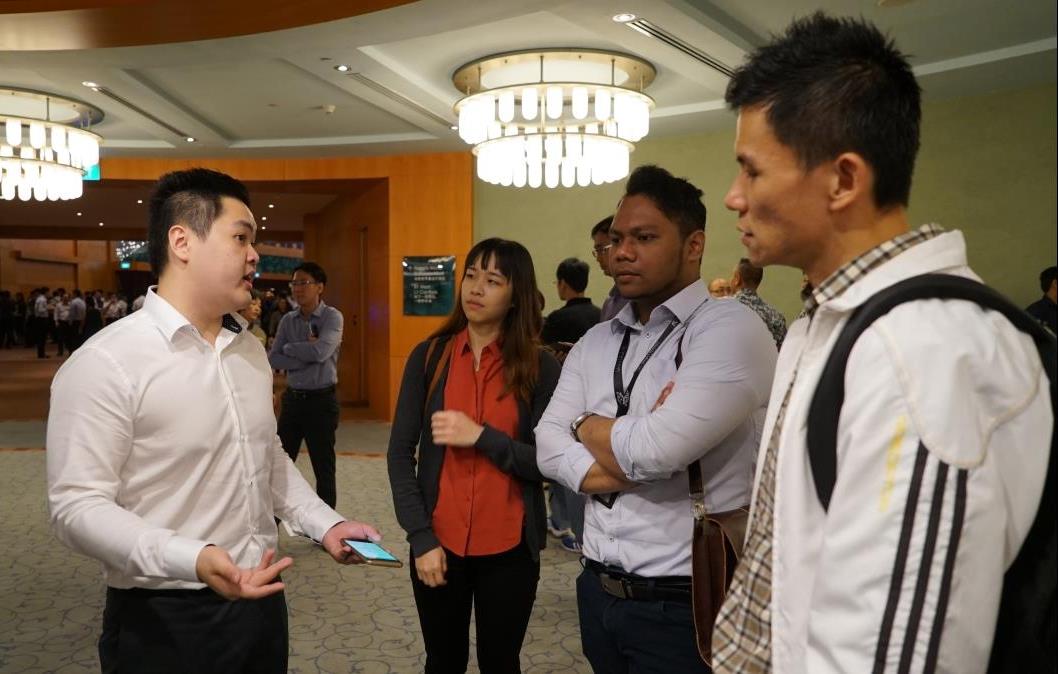
Public transportation was another area in focus at the conference. To improve the commuter’s experience, a team of engineers from Land Systems and DMSA explored using various decision algorithms to match commuter demand and supply of buses in real time to improve the efficiency of bus services. Separately, another team from Air Systems, C3 Development and Building Infrastructure PCs looked at expanding the airspace for drone operations through the use of flight corridors across Singapore.
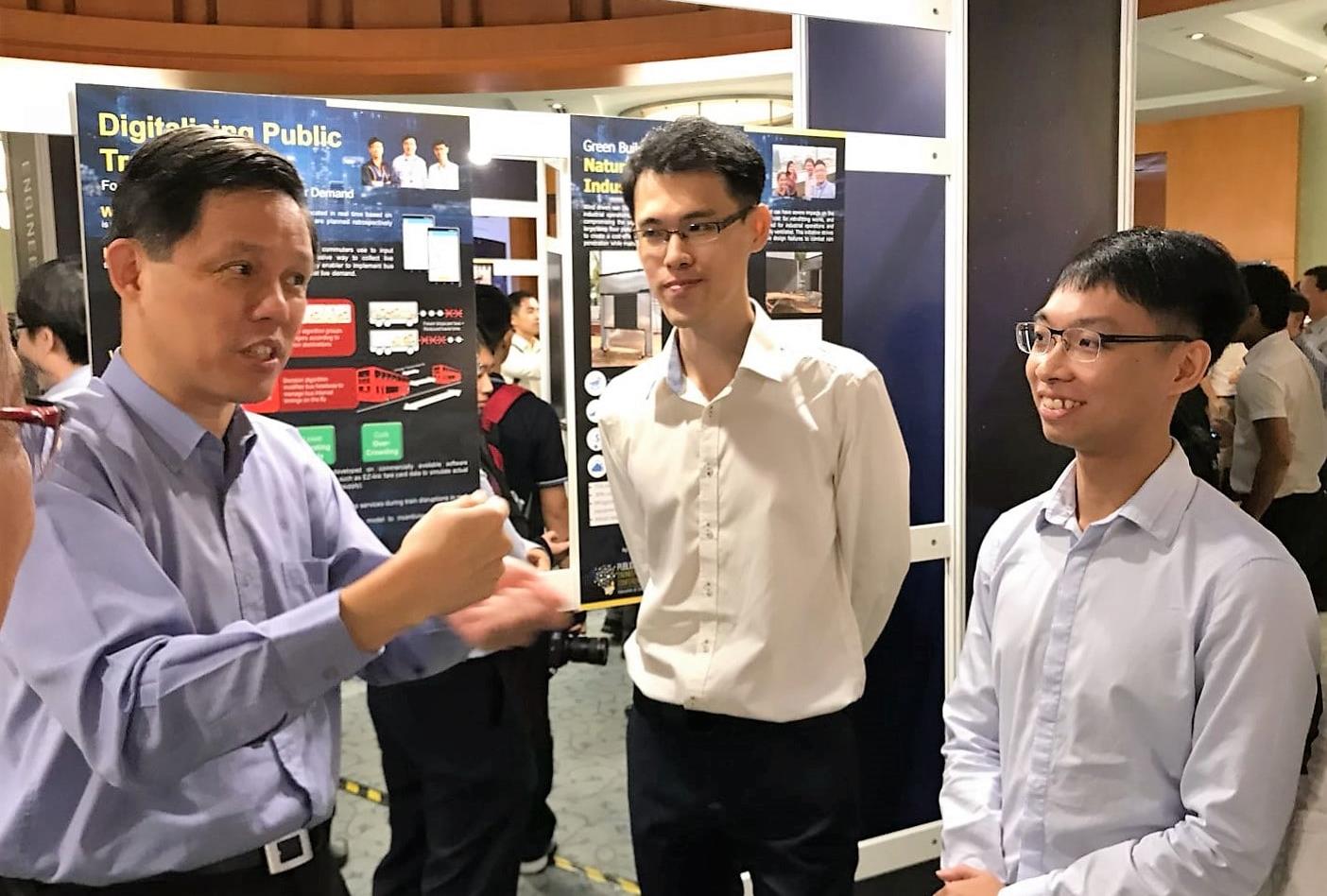
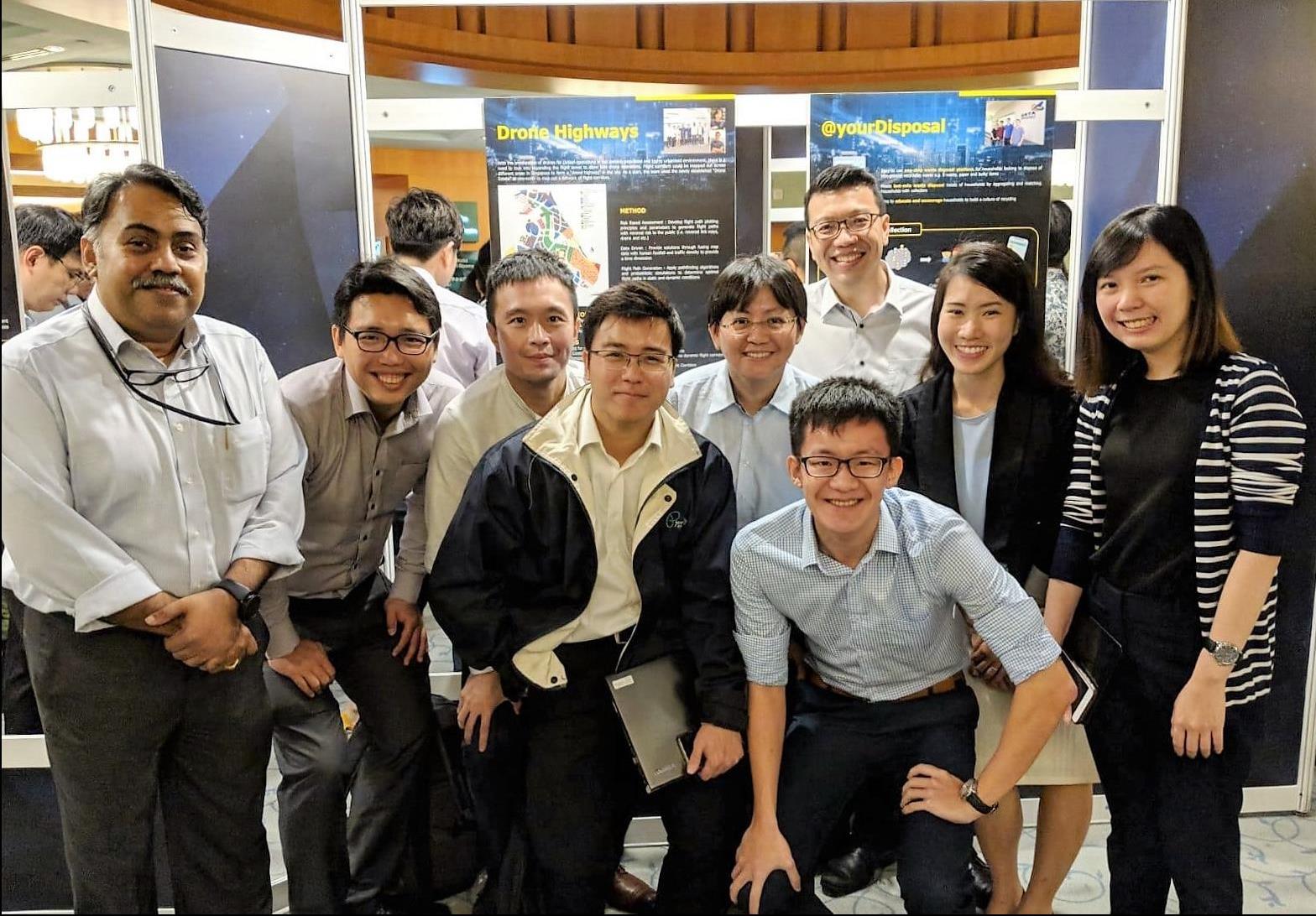
In view of Singapore’s aging population, two teams developed prototypes of applications meant to enhance the physical and mental wellness of the elderly. Team ElderCare from C3 Development PC proposed an integrated application which uses artificial intelligence and the Internet of Things to provide elderly an ease of access to health services. On the other hand, Team ElderBuddy from Enterprise IT PC envisioned adopting technologies to develop an elderly-friendly application that synthesises speech into computer commands and engages the aged through multilingual chatbots.

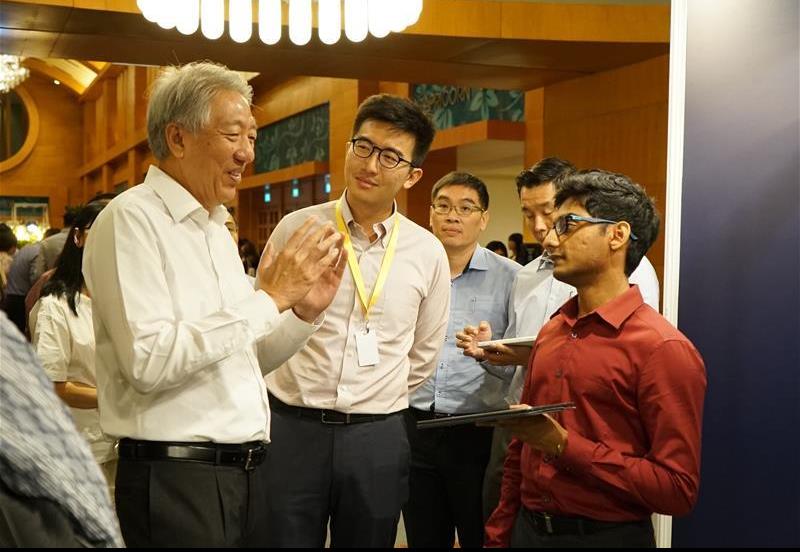
To combat climate change, a team from National Engineering and Building and Infrastructure PCs proposed energy-efficient cooling solutions to be deployed to HDB flats to reduce the carbon footprint. The proposed radiant cooling concept includes embedding cooling pipes into building structures such as walls, ceilings or floors to dissipate heat.

The conference concluded with a speech by Chief Executive Officer Peter Ho from HOPE Technik, who encouraged fellow engineers to take pride in their work. He said: “Engineering is passion and a career, not a job. As an engineer, we should focus on our goals and also enjoy the process. Engineers do things the right way, not the easiest way.”